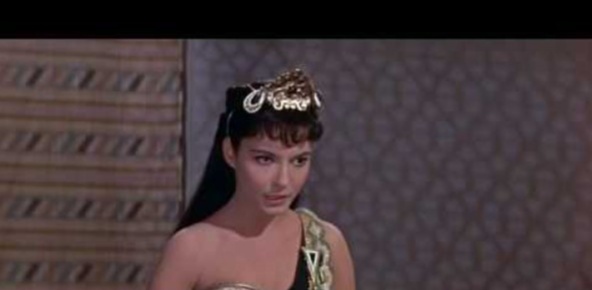How Christians are celebrating the holiday in the town of Jesus’ birth—and across the broader Middle East.

Although the Christmas story could be said to have begun at any number of points or places, it was Bethlehem that became the stage for the birth of Jesus. Today, Bethlehem is recreated in village halls, school auditoriums, and churches all over the world for the annual ritual of the Nativity play. The imagery of the humble stable, lit up by a star, with the shepherds and wise men converging upon it, is familiar from the greetings cards we send. At Christmas carol concerts we sing “O little town of Bethlehem.” Somehow this often remains disconnected from our imagining of Christmas, which, in the West, is so heavily tied up with traditions formed in the Victorian period in England and in America and so is removed geographically and temporally from Bethlehem at the time of Jesus.
Our Christmas cards focus on two distinct themes: the snowy scenes and cozy fires of Europe and North America, and the depictions of the Middle East with camels, people in Eastern dress, and a donkey beating a dusty path to Bethlehem. While both these aspects are entwined, the Middle Eastern scenery is present mainly as the backdrop. It represents a distant time and ancient land.
What is glossed over is that Christians live and worship and celebrate Christmas in the Middle East still. For many Christians in the Middle East, and especially those from the Holy Land, there is a sense that they are overlooked, despite the ancient roots of their communities. The Rev. Mitri Raheb, a Palestinian Christian and pastor in the Lutheran Church, has described in many of his publications and talks how he has encountered surprise that there are Christians in Palestine on numerous occasions. In actuality, there have been Christians in the Middle East continuously ...
from Christianity Today Magazine
via




.gif)

.gif)
.gif)
